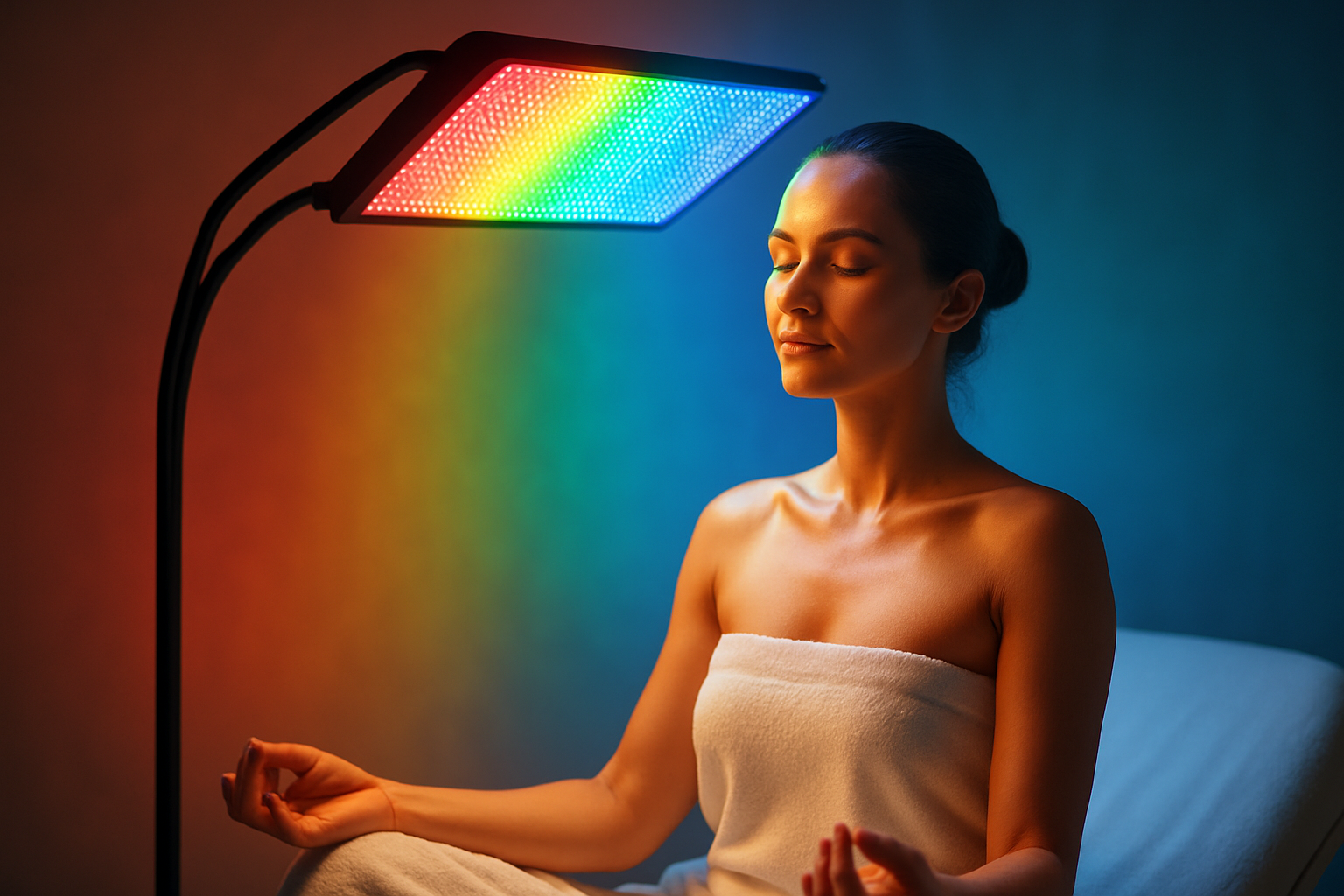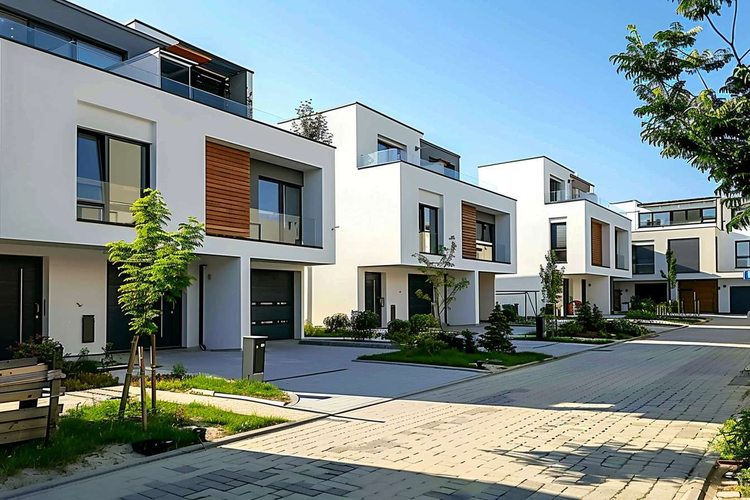Chromotherapy: The Science of Color Healing in Wellness
In a world where traditional medicine and alternative therapies often collide, an intriguing practice is gaining momentum in the beauty and wellness industry. Chromotherapy, also known as color therapy, is emerging as a holistic approach to healing and rejuvenation. This ancient technique, which harnesses the power of different colors to promote physical and emotional well-being, is now finding its way into modern spas, meditation studios, and even home wellness routines. As the boundaries between beauty, fitness, and overall health continue to blur, chromotherapy stands out as a unique intersection of these realms, offering a fresh perspective on how we approach self-care and personal transformation.

During the Islamic Golden Age, the physician Avicenna (980-1037 AD) formalized color therapy in his medical writings, associating specific colors with temperaments and physical conditions. This laid the groundwork for future explorations into the healing potential of color.
In the modern era, chromotherapy gained scientific attention in the late 19th century when Dr. Edwin Babbitt published his comprehensive work, “The Principles of Light and Color.” This sparked a renewed interest in the therapeutic applications of color, leading to further research and integration into various healing modalities.
The Science Behind Color Healing
While skeptics may dismiss chromotherapy as pseudoscience, emerging research suggests there may be more to color healing than meets the eye. The fundamental principle of chromotherapy is that different colors correspond to different wavelengths of light, which can affect our biology in various ways.
Studies have shown that exposure to different colors can influence physiological responses such as heart rate, blood pressure, and even hormone production. For instance, blue light has been found to suppress melatonin production, affecting our circadian rhythms, while red light has been associated with increased alertness and cognitive performance.
Moreover, the psychological impact of color is well-documented in fields such as marketing and environmental psychology. Colors can evoke emotional responses and alter mood states, which in turn can affect overall well-being and potentially support healing processes.
Chromotherapy in Modern Wellness Practices
Today, chromotherapy is finding its way into a variety of wellness applications, blending traditional concepts with modern technology and design:
-
Light therapy rooms in spas and wellness centers
-
Chromotherapy showers and bathtubs for home use
-
Color-changing LED masks for skincare treatments
-
Meditation apps with color-based visualization exercises
-
Chromotherapy-infused yoga and fitness classes
These applications aim to create immersive color experiences that promote relaxation, stress relief, and overall wellness.
The Color Palette of Healing
Different colors are believed to have specific therapeutic effects:
-
Red: Stimulates circulation and energy
-
Orange: Boosts creativity and emotional balance
-
Yellow: Enhances mental clarity and optimism
-
Green: Promotes harmony and balance
-
Blue: Calms the mind and reduces inflammation
-
Indigo: Supports intuition and deep relaxation
-
Violet: Encourages spiritual awareness and meditation
Practitioners of chromotherapy tailor color treatments to individual needs, often combining colors for a holistic approach to healing.
Integrating Chromotherapy into Beauty and Fitness Routines
The beauty industry has been quick to embrace chromotherapy, incorporating color-based treatments into skincare routines and spa services. LED light therapy masks, which use different colored lights to target specific skin concerns, have become increasingly popular. Red light is often used for anti-aging benefits, while blue light is employed to combat acne-causing bacteria.
In the fitness world, chromotherapy is being integrated into workout environments to enhance performance and recovery. Some gyms and studios are experimenting with color-changing lighting systems that shift throughout a workout session, aiming to boost energy during high-intensity phases and promote relaxation during cool-down periods.
The Future of Chromotherapy in Wellness
As interest in holistic health continues to grow, chromotherapy is poised to play an increasingly significant role in the wellness landscape. Advances in LED technology and smart home integration are making it easier for individuals to incorporate color therapy into their daily lives.
Research in photobiomodulation, the study of how light affects biological systems, may provide further scientific backing for chromotherapy practices. This could lead to more targeted and effective color-based treatments for specific health conditions.
However, it’s important to note that while chromotherapy shows promise, it should be viewed as a complementary approach rather than a replacement for conventional medical treatments. As with any wellness trend, consumers should approach chromotherapy with a balanced perspective, seeking evidence-based information and consulting with healthcare professionals when necessary.
Challenges and Controversies
Despite its growing popularity, chromotherapy faces several challenges in gaining widespread acceptance in the medical community. The lack of large-scale, peer-reviewed studies on its efficacy for various health conditions remains a significant hurdle. Critics argue that many of the reported benefits may be attributed to the placebo effect or general relaxation rather than specific color-induced healing.
Additionally, there are concerns about the potential overuse or misuse of light therapy, particularly with the proliferation of consumer-grade devices. Excessive exposure to certain types of light, especially in the blue spectrum, has been linked to disrupted sleep patterns and potential eye strain.
A Colorful Future for Wellness
As the wellness industry continues to evolve, chromotherapy represents an intriguing fusion of ancient wisdom and modern technology. Its non-invasive nature and potential for personalization make it an attractive option for those seeking holistic approaches to health and well-being.
While more research is needed to fully understand and validate the effects of color therapy, its growing integration into beauty and fitness practices suggests that chromotherapy is more than just a passing trend. As we learn more about the intricate relationships between light, color, and human biology, chromotherapy may well become an integral part of our approach to wellness, offering a spectrum of possibilities for enhancing physical, emotional, and spiritual health.
In a world increasingly dominated by digital screens and artificial lighting, the conscious use of color for healing and rejuvenation offers a refreshing return to the fundamental elements of nature. As we continue to explore the potential of chromotherapy, we may find that the key to unlocking new dimensions of wellness has been right before our eyes, hidden in plain sight within the colors of the rainbow.





